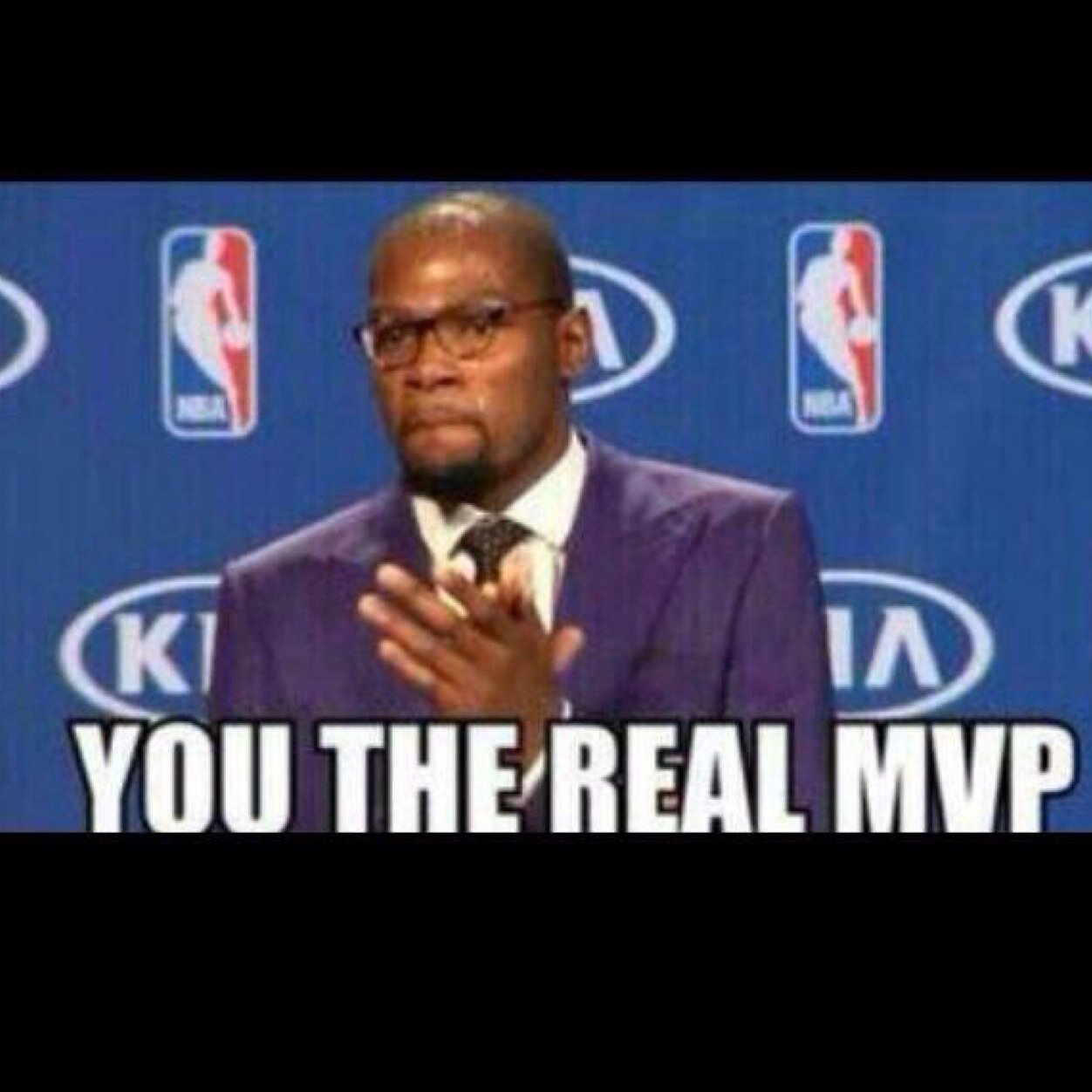Smashing the Sydney Swans has become a national pastime in recent years. The Bloods have gone from footy’s honorary second team to the New York Yankees of our game, in less than five years.
What happened? To me, the tipping point is quite clear. Or should we say, the Tippett Point?
When the Swans unveiled Kurt Tippett in that delightful red and white jumper, the year after they had just won their second flag in six years, everyone was left scratching their heads a little. How could the grand final victors pick up the best available player on the market?
An illegal player movement clause in his sophomore contract with Adelaide certainly helped.
His (guesstimate) $800,000 salary instantly made him the Swan’s (guesstimate) most expensive asset, and so lifted the level of scrutiny on his performance to quite ridiculous levels. For a two-metre tall goal kicker, who managed less than two goals per game during his time at Adelaide, 800 big ones sounds a little steep. But let’s think back to the footy world of 2012.
Contested marks were king. Collingwood’s Travis Cloke had just made mad bank on his ability to clunk the contested ones, while Geelong’s Tom Hawkins was making highlight videos every weekend. Hell, even Drew Petrie was considered a ‘prized forward’ when signing in 2011.
It was a key forward driven league, and Tippett’s stature, third place finish on the contested marking ladder in 2012, and fact he was reportedly Adelaide’s highest paid player, guaranteed he would get money thrown at him from multiple suitors.
Sydney can’t help that they’re an attractive football destination. Or that they had an extra 10 per cent on top of market salary available that other clubs didn’t.
And so it was done.
Fellow key forward Lance Franklin helped confirm the Swans’ new found reputation for being good at managing their football affairs in 2013 when he jumped ship – this time to a recently vanquished Sydney team that he had just helped vanquish.
Together, Franklin and Tippett were supposed to form the scariest forward line in the competition. Franklin was to be LeBron James: the oversized, all around baller to give the Swans a forward line spark they’d lacked since the explosion of Barry Hall.
Tippett was to be the full forward of the future: tall, strong, but mobile enough to get around the ground and beat his opponent one-on-one. A Timofey Mozgov, if you will. They even look sort of similar.
The Sydney machine, and its shiny two new cogs, were to transform the Swans from a dour, defensive unit to a scoring superpower. Apparently, it’s not quite working out, with Tippett not playing to his valuation.
Except it is working out.
That article linked above is 1000 words of hot takes and hot air, and it left me feeling dissatisfied. The outcry at The Tippett Contract is a window into our collective misunderstanding of where value comes from in an 18-man team game like Australian Rules football.
In my usual way, I decided to run the numbers on how Sydney had performed since the forward line pairing had started to come together. In Sydney’s grand final-winning year (2012), they recorded an offensive efficiency rating (OER) of minus 7.9. As a reminder, between plus and minus 5.0 is around about average in most years, meaning the Swans were a below-average offensive unit.
In 2013, with Tippett in the team, that lifted to plus 10.5. And in 2014 when Franklin joined, it went even further in rising to plus 11.6. In both years, Sydney had a significantly above average offence, with last year’s effort good enough for a top four finish.
Now, this is likely a lot to do with mindset and scheme changes in the front office as it is one or two players. But guess what? It’s a lot to do with these two players.
When Sydney have had both Franklin and Tippett in their line up, they have managed to put up a sterling (for the current era) 102 points per game while conceding 71, and achieving a win rate of 80 per cent. Those are Hawthorn-like numbers. When one or both are missing, it’s a much more pedestrian 85-68 split, with a winning percentage of 69 per cent.
‘That’s all Buddy Franklin!’, I hear you cry. Well again it is, and it isn’t.
When Kurt Tippett hasn’t suited up with Franklin – which is 10 of a possible 34 games that the two have been in the red and white – Sydney have put up the same defensive points per game as when they both play (71), but been much more middling inside their own arc, kicking just 84 points per game. That’s with Franklin in the team, everyone.
And its not just the team that does better. Check out some key forward KPIs for Franklin, with and without his partner in forward line crime.
Goals: 2.8 per game (no Tippett) | 3.7 per game (with Tippett)
Scoring Shots: 4.4 | 6.2
Marks Inside 50: 1.7 | 4.0
Inside 50s: 4.1 | 3.8
It seems having two 400-pound gorillas in your forward line is better than having one. Franklin and Tippett are like a Batman and Robin, except rather than biffs, pows and bams it’s goals, contested marks and cold, hard Ws.
Even if Tippett is just a foil for Franklin, his presence alone is worth almost another 50 per cent of number 23’s direct scoreboard impact. That’s $500,000 a year if Franklin is earning seven digits, and you think he’s pulling his weight.
And Tippett is no slouch in front of goal himself, bagging 2.4 goals per game at a solid 66 per cent accuracy. How many top of the table or contending teams are struggling for that second tall option right now?
Could Kurt Tippett be Sydney’s most valuable player? You know, he just might be.






























































































